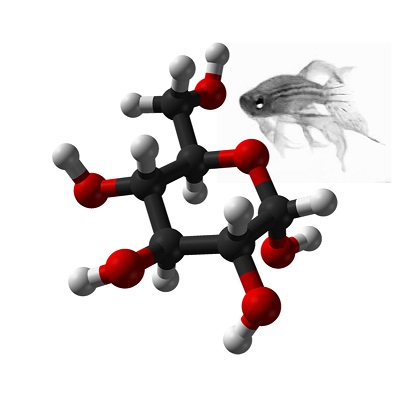INTRODUCTION/AIMS: The compound motor action potential (CMAP) is a very well-established output from standard motor conduction studies in patients. CMAP methods have also been developed for various animal models, including mice, rats, and dogs. Here, we describe a CMAP methodology for adult zebrafish.
METHODS: Using needle stimulating electrodes placed in proximity to the caudal spinal column and a fixed two-electrode surface array placed near the dorsal fin for recording, we obtained CMAPs in wildtype (WT) and symptomatic amyotrophic lateral sclerosis (ALS) SOD1G93A zebrafish, assessing repeatability and the potential for identifying differences between the groups.
RESULTS: In WT animals, CMAP amplitude exhibited robust performance with a test-retest intra-class coefficient of 0.97 (95% confidence interval 0.947-0.988; p < 0.0001, n = 30). SOD1G93A zebrafish exhibited a 36% lower supramaximal CMAP amplitude as compared to WT (mean ± standard deviation: 7.7 ± 1.7 mV versus 12.2 ± 1.8 mV, respectively, p < 0.0001) and an 11% longer latency (1.30 ± 0.15 ms versus 1.17 ± 0.11 ms, p = 0.002). A classifier, incorporating amplitude and latency together, provided perfect discrimination between the two cohorts.
DISCUSSION: CMAP recording is a reliable technique in zebrafish and can successfully differentiate healthy WT fish from ALS-affected animals. Since CMAP is a quantitative metric that is highly sensitive to motor neuron loss or dysfunction, it will allow the zebrafish to be more effectively harnessed for physiological and clinical therapeutic studies in ALS and other neuromuscular diseases for which adult zebrafish models are available.

